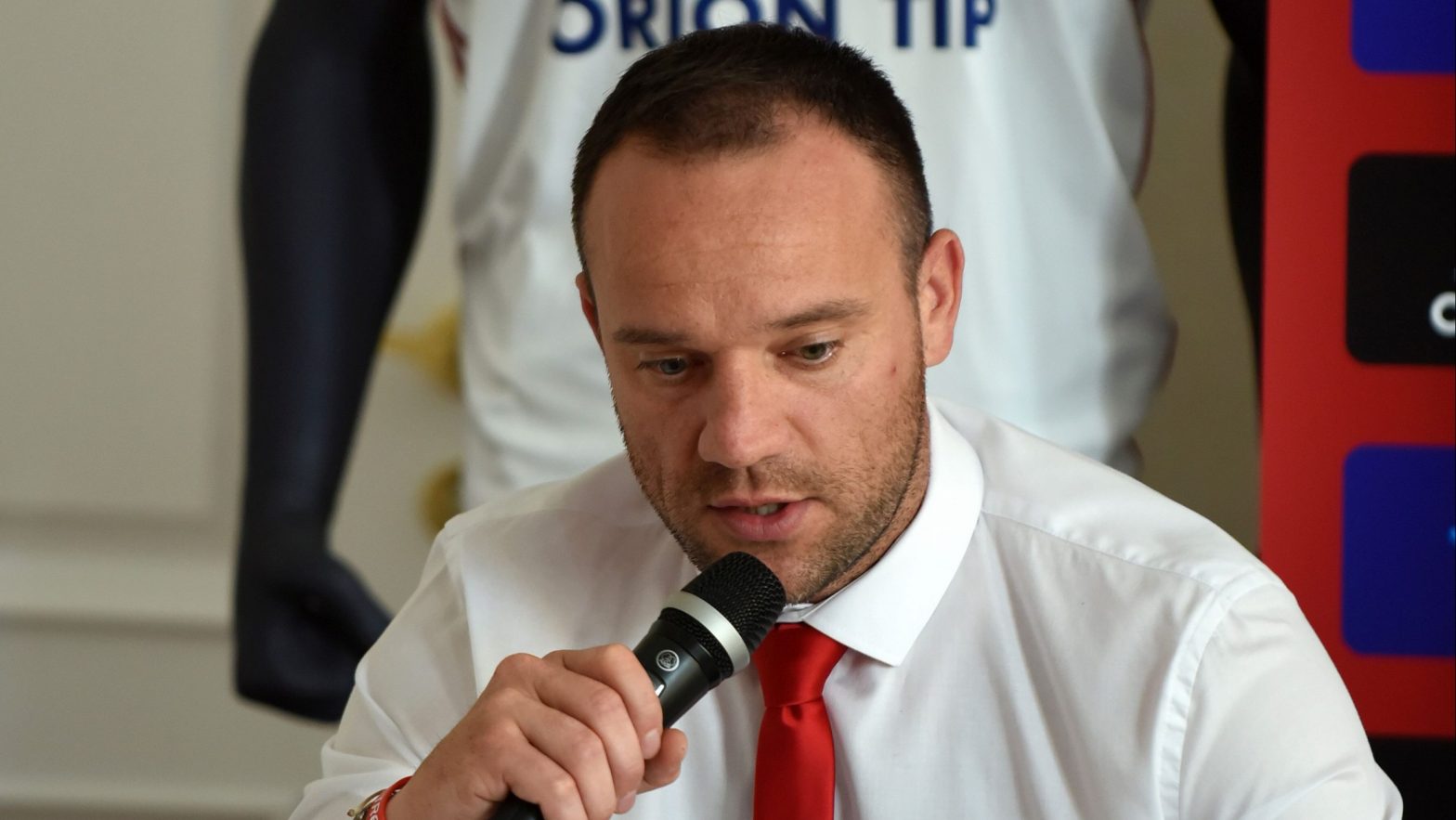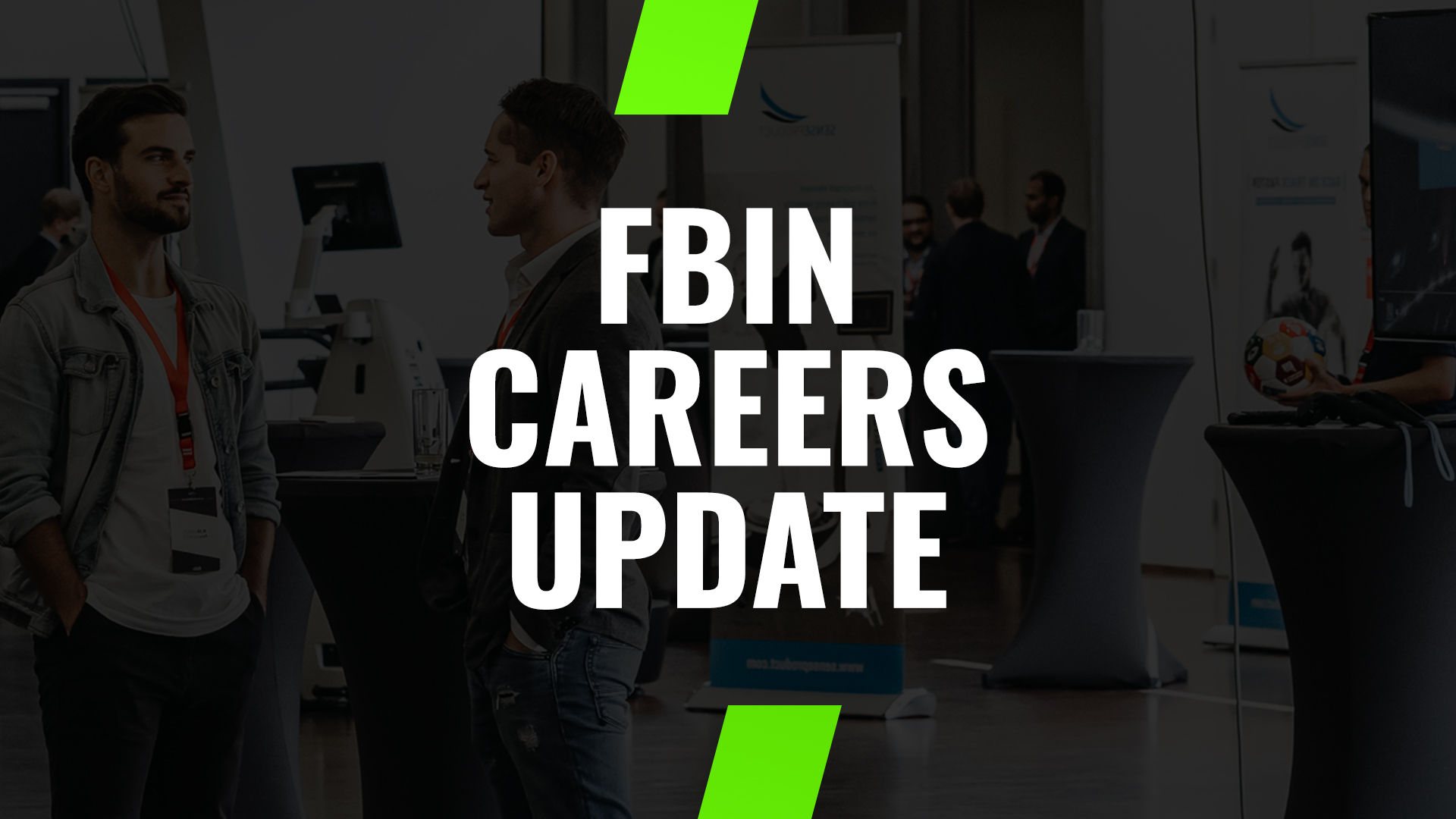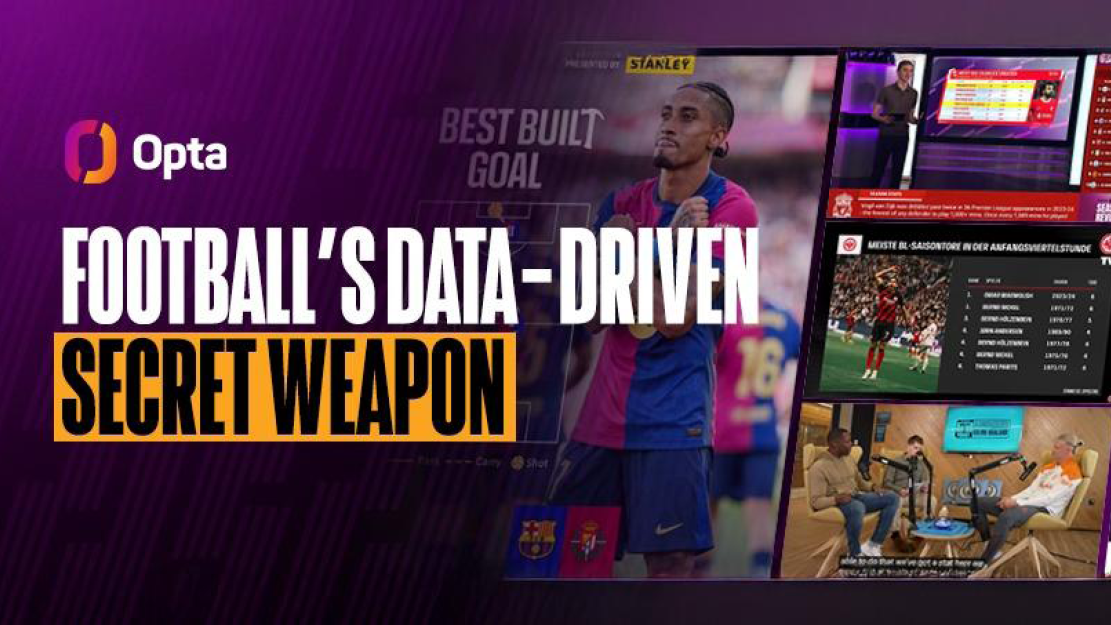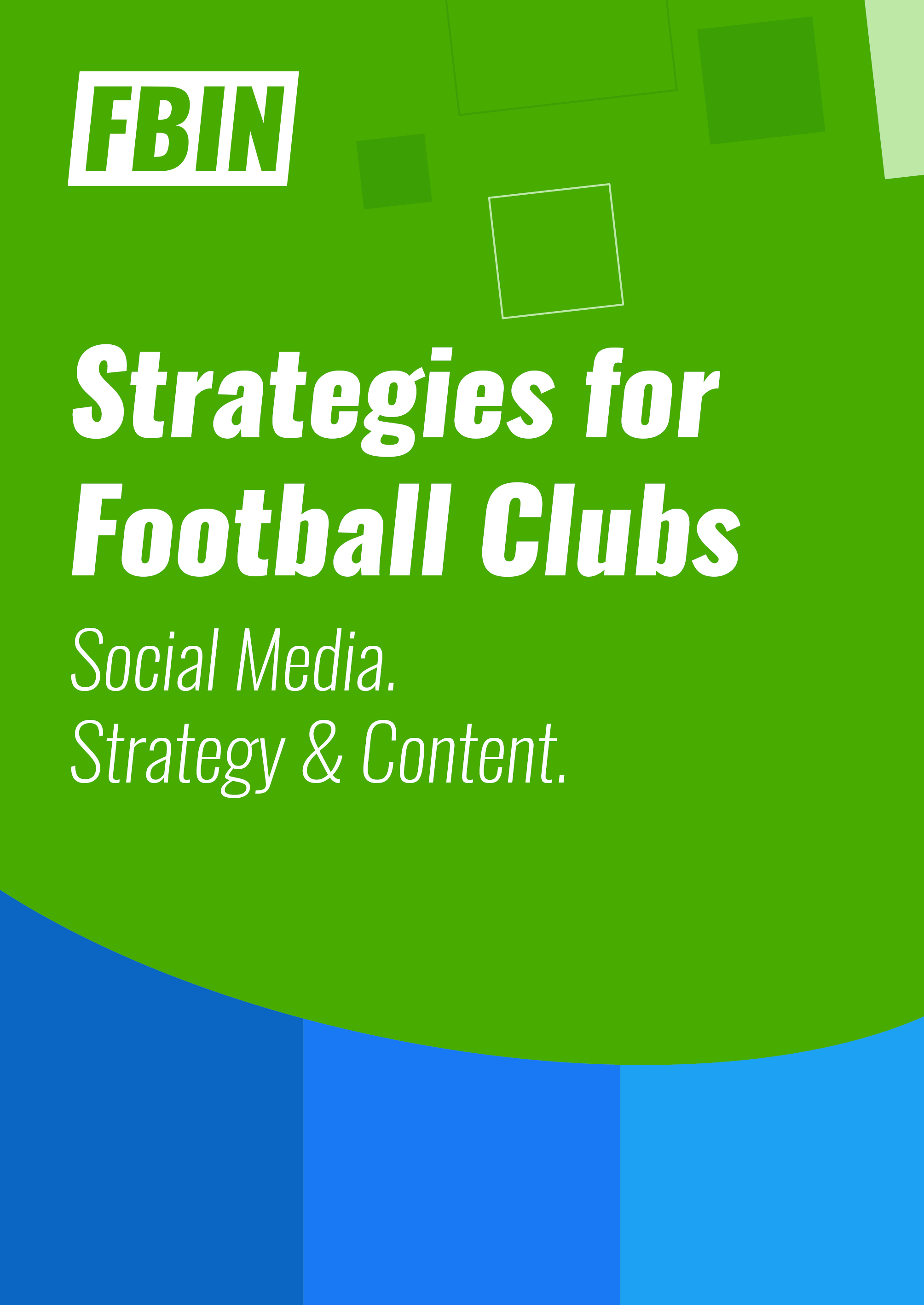In this in-depth interview, Igor Schlesinger, the Head of Sales & Marketing at AS Trenčín will share the entire story of the Slovak club that went from near-bankruptcy to winning the leagues, recreating an unconventional football logo, and building a new innovative stadium.
Founded in 1992, AS Trenčín is a fairly young football club in Slovakia. Could you tell us a brief story about the club?
Igor Schlesinger: Okay, actually the club has been around for around 120 years. Even though AS Trenčín was founded in 1992, it is a descendent of the city’s early 20th-century football teams. The club’s turning point happened in 2007 when Mr. Tschen La Ling and the other owners bought the club and owned 80% of it. For the first time in history, we began to operate differently and had international financial backing and presence. At first, we were relegated to the second division for three years but began to thrive from 2014 to 2016 as we won the Slovakian league twice and the Slovakian Cup. We’ve also represented Slovakia six times in European competitions, against renowned teams like Legia Warsaw, Rapid Vienna, and so on.
Your owner – Mr. Tschen La Ling, a Dutch former professional player, took over the ownership of the club in 2007. How did it happen?
The story was that Mr. Ling was doing his business regarding food supplements and was in talks with a lot of joint ventures and different companies in Eastern Europe. He was looking for some opportunities to invest in terms of business mainly, not purely football. But if he could buy a club that can align with his food supplements business, then he would go for it. Thanks to that, after buying some hotels and maybe some food supplements companies here in this region, he had the information that the club was on sale and open for negotiation. He then met the mayor and the current general manager who was the club’s owner at that time and bought 80% of the shares in 2007. To recap, besides his business intention, he also wants to find a club where he can develop his way of thinking about football and at the same time align with his nutrition business.
From a business perspective, how big is AS Trenčín? How many employees are currently working on the non-sport side?
We currently have around 12 to 15 dedicated people at the office from the media, marketing, sport and infrastructure departments. We also have additional individuals who oversee the stadium’s operations.
What is the average annual revenue of the club? And what are the most important revenue streams at the moment? (.i.e: matchday ticket, transfer, broadcasting rights, etc…)
Our club requires a budget of around 2.5 million to 2.8 million euros to operate yearly, without including investment in the new stadium and youth academy. Thus, our minimum revenue must cover this number. At the moment, the most important income stream comes from player transfer accounting for roughly 60% – 70%, which is how it usually works in Slovakia. For example, our record transfer is Matúš Bero who went to Trabzonspor for €2.5 million with additional future add-on clauses. He was also our biggest Slovakian transfer ever. There were successful transfers such as Leon Bailey, Wesley, Samuel Kalu, and Moses Simon. Our strategy is to sell young talents to the Belgium and Netherland clubs for further development and get an add-on percentage in these contracts for more income later on.
The rest is coming from sponsorship, TV broadcasting, and marketing rights to the league. In fact, we could hardly count on ticketing and the merchandise revenues because we were not playing in our stadium due to the reconstruction, and were playing 80 kilometers away from Trenčín for 3 years. The unfortunate thing is once we came back to our stadium, it was not 100% finished, and then came the COVID era leading us to play behind-closed-door for the past 1,5 years.
In the Covid-19 era, is the club considering new monetization methods to generate more revenue streams? For instance, via digitization, social media, or Esports.
Yes, we do. However, our intention when creating new projects is to build our brand and increase our presence everywhere, and then hopefully can monetize it at later points in the future. We want to gain more attention from governmental bodies and private entities who can cover 10-20% of our operating budget.
What is your current partnership strategy? Do you focus on domestic or international partners?
I would say we try maybe both. Thanks to the new stadium, now we can offer more ways to collaborate. Before we could only promote the partnership through classical lines such as jerseys, banners, print ads, community projects, etc. But with the new venue at the new stadium, we can offer more in terms of hospitality and digital presence via big screens, LED panels, internal perimeter of LED screens or fan activations before and during the game. Our focus right now is the big Slovakian firms or international companies that have their branches in the region or in Slovakia.
Regarding the regional partners, it’s important to have them because it will give you a certain basic degree of likeness and acceptance from the local fan. Trenčín is a small city with only 60,000 people so it’s important to work with the local entrepreneurs whose homes are also here. These people can really create a good atmosphere and have special bonds with the region so we can even take the partnerships onto a higher and deeper level. For bigger international companies, we can approach them by offering premium hospitality packages, for example, the skyboxes or the VIP seats.
So in short, our strategy is to have a solid foundation of local and regional partners, but open up for big well-known brands like Pepsi or McDonald’s to enhance our strategic position. It’s important to partner with them not only for the money but also to empower our branding portfolio in the long run.
Mr. Ling is also the owner and creator of Fitshape which is one of your main partners. How does this partnership work?
It was more likely a strategic partnership to co-branding when Mr. Ling first entered the Slovakian market with his brand and his products. We used to have it on the jersey before but not anymore to save those slots for new partners and sponsors. Maybe in the future when his brand made further development in Slovakia then we will leverage the partnership further, but we’ll see because the Slovakian market is relatively small.
Macron just became the club’s technical partner, what does this mean and how does this partnership work?
After years of Nike and Adidas who might not be able to take care of smaller clubs, we decided to move on with Macron who is not as big as the other two but has a more personal approach to us. We really like the way they develop and customize not just jerseys, but also small items for us. They also help us to enhance our brand story and connect us to their networks of other mid-level clubs in France or Italy to share knowledge and experiences. For example, we can invite them to our junior or youth tournaments. We’re not as big compared to other clubs in the region like Slovan Bratislava, Sparta Prague, or Rapid Wien to ask for €200,000 on the table with additional things. So with Macron, we really like how both sides find the best way to make the best out of the partnership, which won’t be possible with Nike or Addidas because we are not Manchester United.
The club launched its new logo recently, what was the story?
First of all, you have to know that the name AS Trenčín came from as those two letters of former owners of the club 20 years ago – FK AS Trenčín (Araver a Synot Trenčín), which was not something we can be proud of or can communicate in European competition. In 2015, we changed the club name to AS Trenčín (Association of Sports Trenčín) as we want to spread our wings beyond football and cover many other sports and brands, similar to some other clubs in the world such as AS Monaco or AS Roma.
When we decided to build a new modern stadium, we also realized that it’s time to find a more modern way to communicate our brand differently, which is by changing our logo. In fact, we knew that we only had one shot before the new stadium was finished. So if we don’t do it now, we will not make it in the next 15 years. We understand that once we have the new stadium, new facilities, the new look of everything, we have to have a new logo as well.
At first, we tried to develop the logo within our team and our internal graphic designer but it was just going in circles. So we then approached companies from the Czech Republic and Slovakia, but due to some financial restrictions, we couldn’t hire the best agencies on the market. Luckily, we later found someone who really was into our mission, not just for the business case
The new logo seems to follow a minimalistic style which is more revolutionary than the traditional football logo design. Why is it?
We knew that we are not the biggest in Slovakia – such as the likes of Slovan Bratislava or Spartak Trnava so our biggest focus is the people in Trenčín and the surrounding regions. We’d like to be a strong regional club and the pride of the region. But then, when talking about Trenčín, everyone will only remember about the Čák castle. So we told ourselves let’s get out of that circle of traditional emblems and create a real modern brand that can include everyone in the region, even for those that don’t follow football. It means that they can follow other sports like handball, basketball, or just be a fan of sports, but when they see the logo, it can represent something bigger. Another source of inspiration came from the 60s when there was a strong and very popular club in the region – TTS Trenčín who also covered a different range of sports like us today, and their logo has a strong focus on the letter T. We also had photos of them wearing simple jerseys but had the “T” in the middle.
Then our agency came up with some sketches and proposals of a minimalistic and modern art direction, similar to the style of Juventus Turin. It turned out that we really liked the initial “T” which could also be seen as a player scoring the goal and spreading his arms to celebrate. Also when we put the logo on different merchandise mockups, we said: “yes, we can use that logo as a brand for a long period”.
It was a long process because we had to explain many times to our owner in the Netherlands since he’d obviously like to be involved and had a different perspective from abroad. He asked: “But, where is the castle?”, which is totally understandable as that’s the romantic way our city is perceived internationally. So then we had to explain and tried to be persistent to pitch our idea. And that’s how the logo was created.
What were the reactions of the fans, especially when you escaped from the comfort zone called “tradition”?
It would be a mix of reactions of course, and we tried to predict different scenarios of how the fans were reacting. Then we put huge efforts into communicating openly with the fans as much as we can. We created official press conferences and emphasized what benefits the new logo can bring to the community. We told everyone that we understood the logo would be a new model and there will be no ball or no castle, but why not? We also told them our inspiration story and showed photos of players in the 60s wearing jerseys with just the “T” on their shirts. But as you say, for some fans, there are no ways for them to understand it. The other people, especially in business groups, in contrast, were really amazed and supported us. They really appreciate everything about it. Also, we reckoned that we didn’t have the on-pitch success for the last 3 years so we said: “You will start to like it when we start to win”. I meant when we began our next chapter with the new stadium, new jerseys, new facilities, and with the football success, people will see our vision.
So in short, in the beginning, there were a lot of disputes, and critics on social media, but later after half a year, people started to accept it when they see everything as a whole picture. Some said that they really see something behind it, the new cashless stadium, their seasonal card, their new jersey all come together and make sense now.
In general, the club’s marketing and commercial activities look highly professional. Do you have an in-house team for that or work with other agency partners?
We currently have 4-5 people in the media department and everything is planned and executed in-house, so right now we don’t work with any agencies right now. All ideas and projects are created internally within our team. But all of this happened after Mr. Ling came and said he’d like to have his own marketing and media guys, maybe not a whole department but at least some people. Back then it was not a normal thing for football clubs in Slovakia to have marketing and media teams. So that was when I stepped in and changed my position from a youth coach to a marketing person since that was my major during my University time. From that point on, we started to create new projects and implement new ways of communication, from the website, then later with social media and community projects. We then expanded our team till today.
What is the status quo of the “New Stadium” project? What does this mean for the club both on and off the pitch?
At the moment, it’s not 100% finished. We currently have three tribunes, two of which are constructed behind the goals and are ready to use. The third tribune which is the biggest is used for skyboxes, VIP zone, restaurants, rental hospitality spaces as well as for first-team facilities and the offices. The third Tribune is still not open, but hopefully ready next summer. After that, we will continue with the fourth tribune, which could serve not only the football side but also together with some small shops and maybe the small hotel section. This would take a lot of investment, effort, and everything. So, in summary, we would like to finalize this third Tribune, and then hopefully, in one and a half years, we could have the fourth one.
Also related to the stadium project is to become a total cashless stadium where our fans will purchase any products and services from tickets, fan shop items, buffets, seasonal tickets, etc, without using cash. We also created a platform so the fans will sign up and provide their contacts to the club. This provides us with all the data and contacts to communicate with them easier. For example, during the COVID period, we can tell them that this game is only for vaccinated people only. We can also communicate with them about our promotion or discount programs. Our system and model are still developing but it’s already working in certain aspects. Once the stadium and VIP zone are finished, we might need another platform to communicate with VIP guests for example.
Regarding the business side, how do you see the club develop over the next five years?
Our mission is to enter an era in which the club is totally self-sufficient and self-financed through sponsors and our fans. Our goal is to have the new stadium completely open and have an average attendance of approximately 5000 people per match with add-on services like buffets. We can also utilize our tribune to host events or offer our skyboxes to business partners. So this is our vision in the next 5 years, to be self-sufficient and profitable through the stadium. And then we won’t have to sell our best players and can focus on the sportive side to become more competitive. To close, I’d say the biggest thing about the club is the people behind it. It was built from our heart and hard work as it’s like we’re not only working here but it’s a part of us. That’s the power and energy to overcome all challenges, especially in Slovakia where football doesn’t have a position like other countries. So our vision is to create a strong regional club, a role model for other clubs in this region.

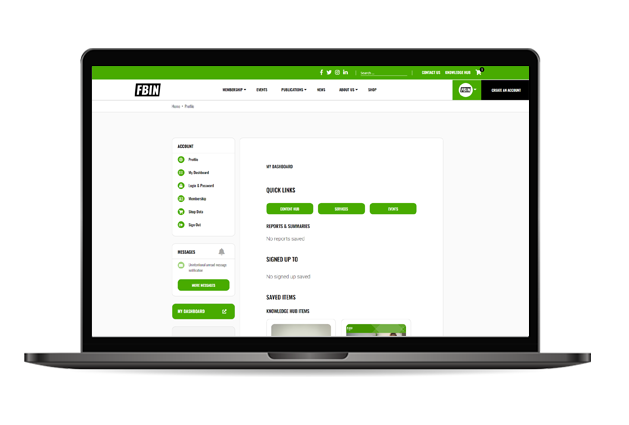
 Upgrade to Premium Now
Upgrade to Premium Now
